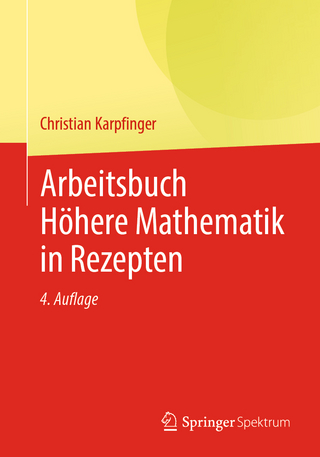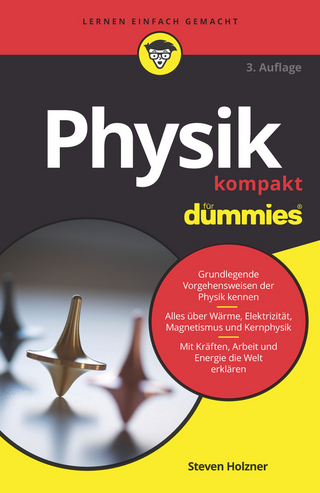
Algebraic Systems
Springer Berlin (Verlag)
978-3-642-65376-6 (ISBN)
I General Concepts.- 1. Relations and Mappings.- Problems and Complements.- 2. Models and Algebras.- Problems and Complements.- II Classical Algebras.- 3. Groupoids and Groups.- Problems and Complements.- 4. Rings and Fields.- Problems and Complements.- 5. Lattices (Structures).- III First and Second-Order Languages.- 6. Syntax and Semantics.- Problems and Complements.- 7. Classification of Formulas.- IV Products and Complete Classes.- 8. Filters and Filtered Products.- Problems and Complements.- 9. Indistinguishability and Elementary Embedding.- 10. Completeness and Model Completeness.- Problems and Complements.- V Quasivarieties.- 11. General Properties.- Problems and Complements.- 12. Free Systems and Free Compositions.- Problems and Complements.- VI Varieties.- 13. General Properties.- Problems and Complements.- 14. Primitive Closures.- Problems and Complements.- Name Index.
| Erscheint lt. Verlag | 11.11.2011 |
|---|---|
| Reihe/Serie | Grundlehren der mathematischen Wissenschaften |
| Übersetzer | Bernard David Seckler, A.P. Doohovskoy |
| Zusatzinfo | XII, 320 p. |
| Verlagsort | Berlin |
| Sprache | englisch |
| Maße | 155 x 235 mm |
| Gewicht | 510 g |
| Themenwelt | Mathematik / Informatik ► Mathematik ► Algebra |
| Schlagworte | Algebra • Algebraic • Calculus • group theory • Logic • Mathematica |
| ISBN-10 | 3-642-65376-6 / 3642653766 |
| ISBN-13 | 978-3-642-65376-6 / 9783642653766 |
| Zustand | Neuware |
| Informationen gemäß Produktsicherheitsverordnung (GPSR) | |
| Haben Sie eine Frage zum Produkt? |
aus dem Bereich


